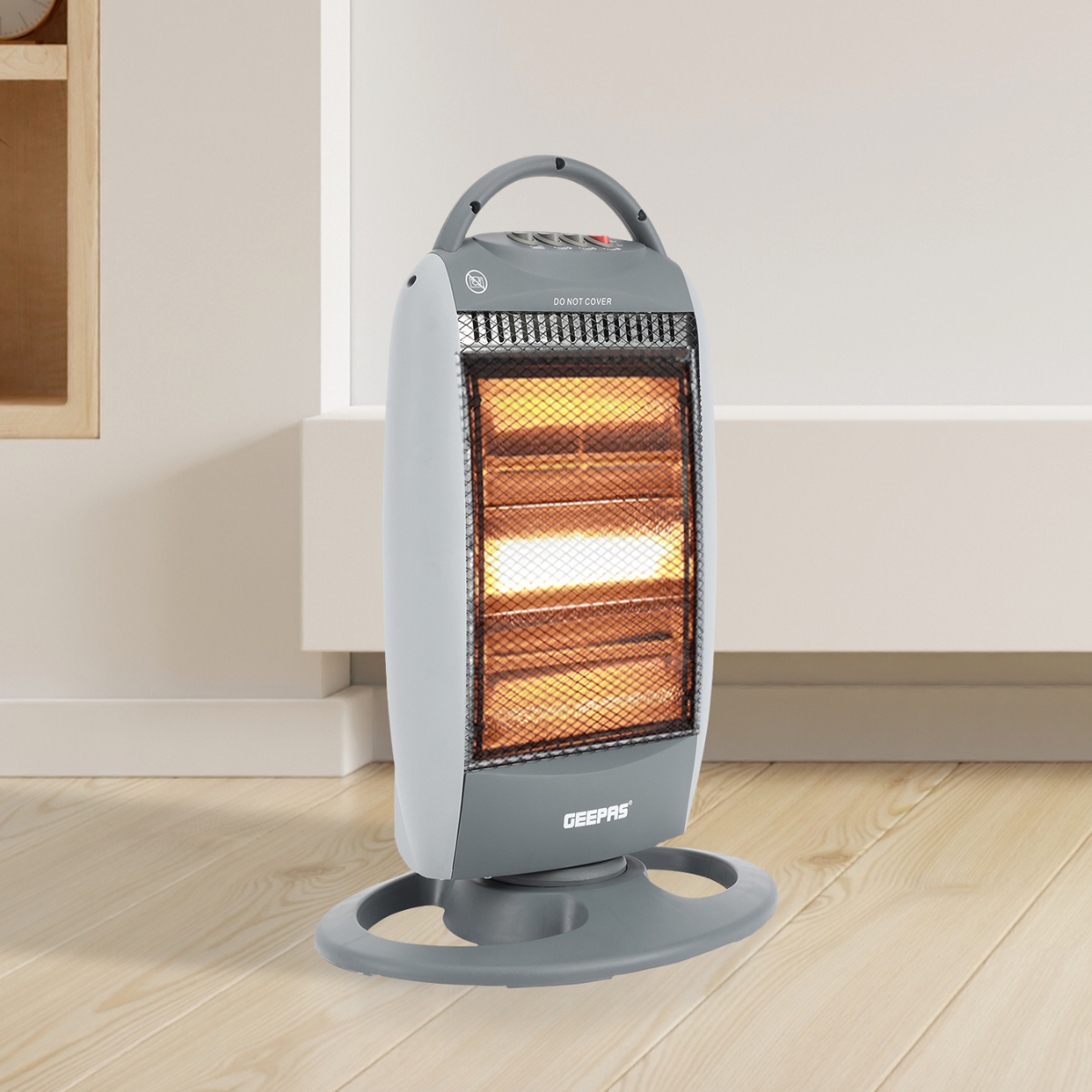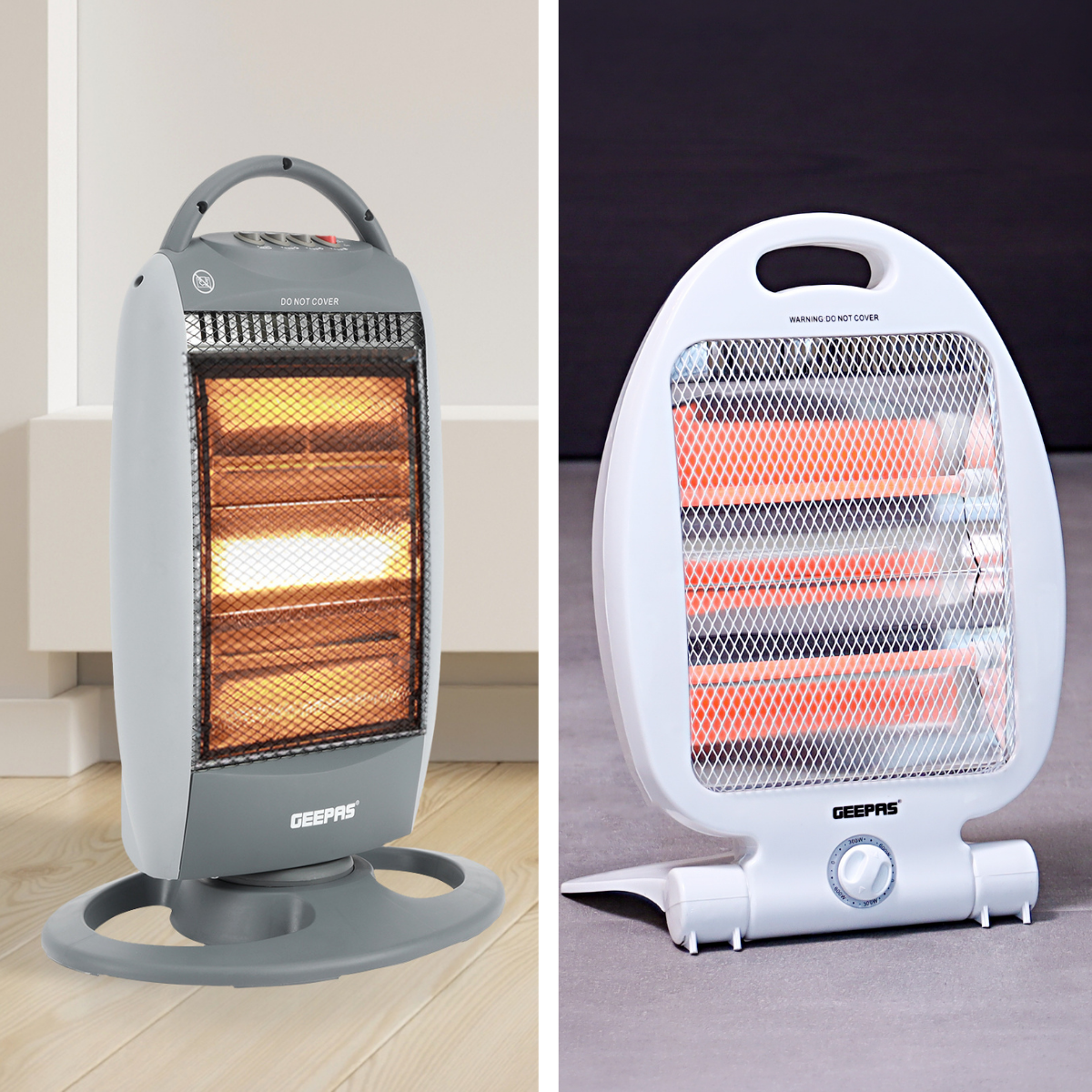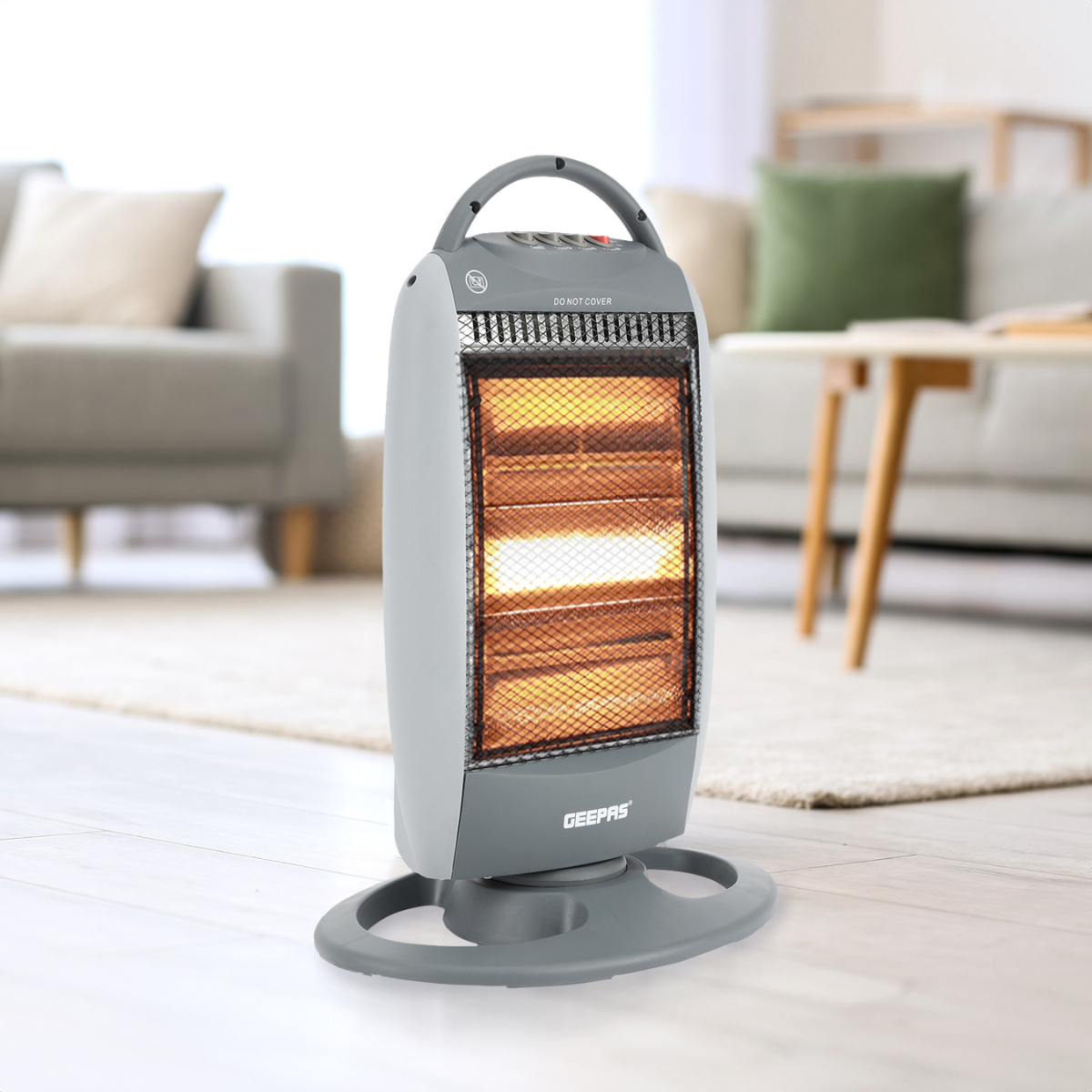As the winter chill settles in, the quest for efficient and cost-effective heating solutions become top priority for many. Halogen heaters have emerged as a popular choice, renowned for their rapid heating and versatile design. However, a critical question lingers: are halogen heaters truly energy-efficient?
In this comprehensive guide, we'll delve into the inner workings of halogen heaters, explore their energy-saving features, and help you make an informed decision about whether they are the right heating solution for your needs.
Understanding Halogen Heaters
Before we dive into their efficiency, let's briefly understand what halogen heaters are and how they work.
Halogen Heater Basics: Halogen heaters are electric heaters that utilize halogen bulbs to produce heat. These bulbs emit infrared radiation, which warms objects and people in their path, creating a cosy and comfortable environment.
Instant Heat: One of the standout features of halogen heaters is their ability to provide rapid and nearly instantaneous warmth. Unlike traditional heaters that can take some time to reach their maximum heating capacity, halogen heaters start producing heat almost immediately after being turned on.
Energy Efficiency Of Halogen Heaters
1. High Conversion Efficiency
Halogen heaters are celebrated for their high conversion efficiency. This means they convert a significant percentage of the electrical energy they consume into radiant heat. Unlike some other heating methods that produce excess waste heat or inefficiently distribute warmth, halogen heaters focus on generating heat where it's needed most-your immediate surroundings. This efficient conversion translates to lower energy consumption and, consequently, lower energy bills.
2. Targeted Heating
Another factor contributing to the energy efficiency of halogen heaters is their ability to provide focused and directional heat. Unlike central heating systems that warm an entire space, halogen heaters allow you to position the heater precisely where you need it. This targeted heating ensures that you use energy only where necessary, avoiding the waste associated with heating unoccupied areas.
3. Quick Warm-Up and Cooling
Halogen heaters have a quick warm-up time and cool down rapidly as well. This means you can turn them on when you need them and turn them off when you're done, without the lingering heat associated with some other heating methods. This rapid response time minimizes energy waste and allows you to enjoy comfort on-demand.
4. Thermostat and Timer Features
Many halogen heaters come equipped with thermostats and timer features. Thermostats allow you to set your desired temperature, ensuring that the heater only operates when needed to maintain that temperature. Timers, on the other hand, allow you to schedule when the heater should turn on and off. These features give you precise control over your energy usage, allowing you to optimize efficiency.
5. Safety Shut-Off Features
Safety is a top priority in halogen heaters. They often come with safety shut-off features like tip-over protection and overheat protection. These mechanisms not only safeguard against accidents but also prevent unnecessary energy consumption in case of unexpected events.
Summing It Up
In conclusion, halogen heaters are indeed energy-efficient heating solutions for several reasons: their high conversion efficiency, targeted heating capabilities, quick warm-up and cooling times, thermostat and timer features, and safety mechanisms all contribute to their energy-saving qualities. When used correctly, halogen heaters can provide rapid, comfortable warmth while keeping energy consumption to a minimum, making them a cost-effective choice for staying cosy during the colder months.
As with any heating appliance, it's essential to use halogen heaters mindfully, positioning them strategically and employing their thermostat and timer features to maximize efficiency. With their combination of efficiency, convenience, and rapid heating, halogen heaters are a compelling choice for those seeking both warmth and energy savings during the winter season.




